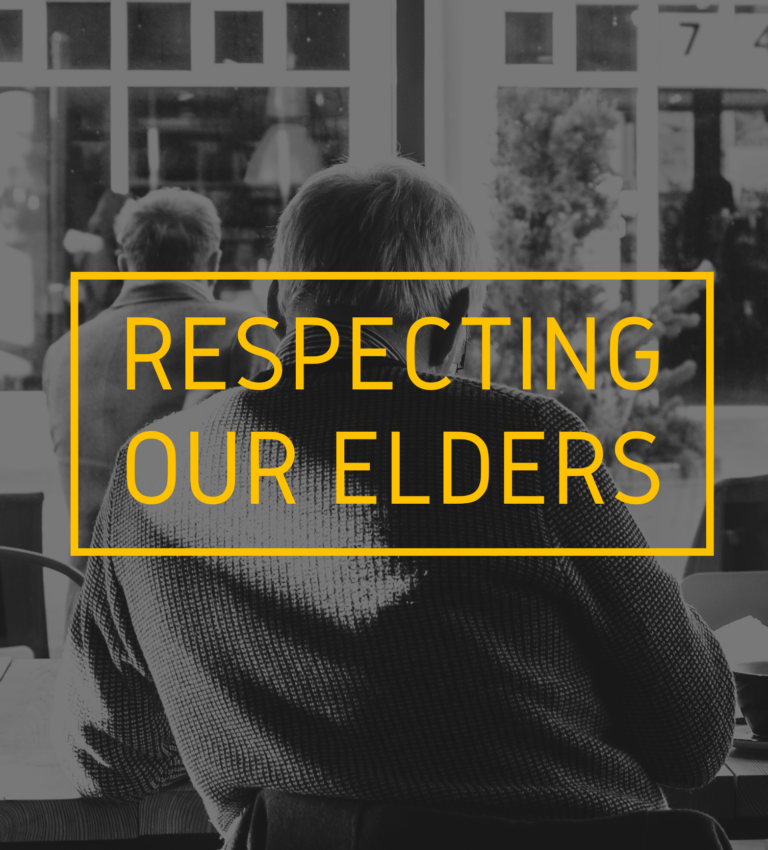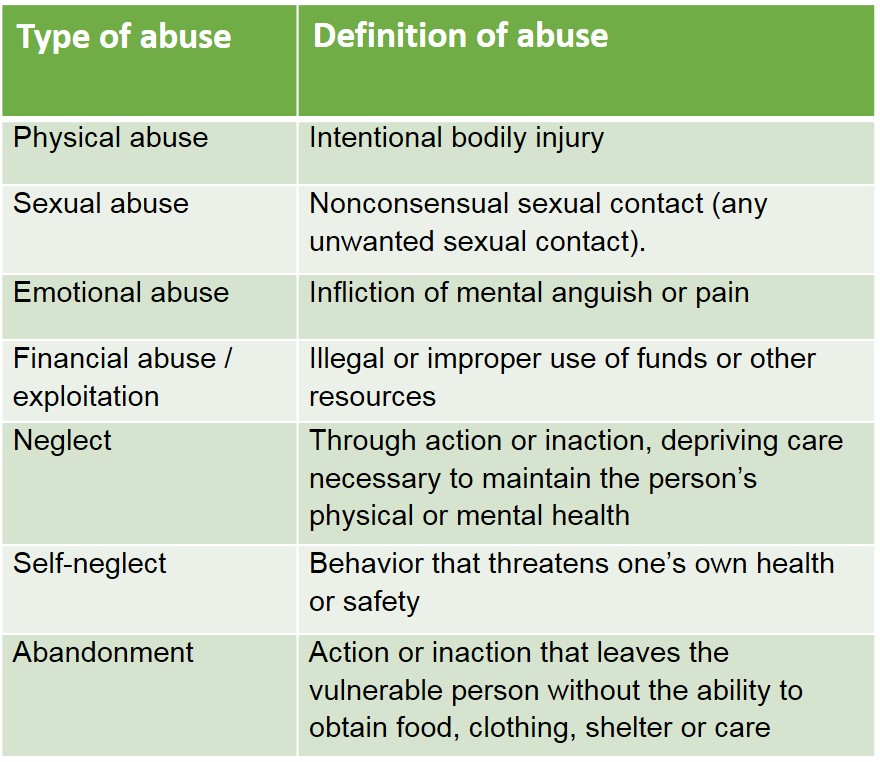By: Jullie Gray, DSW, MSW, LICSW, CMC – Aging Life Care Association™ Member ////

June 15th is World Elder Abuse Awareness Day, a day dedicated to raising awareness about the abuse and neglect of older adults. This global event aims to foster a better understanding of the cultural, social, economic, and demographic factors that contribute to elder abuse and neglect. By shining a light on these issues, we can work towards creating a safer environment for our aging population.
Understanding Elder Abuse
The Centers for Disease Control and Prevention (CDC) defines elder abuse as an intentional act or failure to act that causes or creates a risk of harm to an older adult aged 60 or older. Shockingly, 1 in 10 adults in this age group experienced some form of abuse in the past year. Unfortunately, many misconceptions surround elder abuse, hindering our ability to recognize and address it effectively.
Common Myths About Elder Abuse
Let’s debunk some of the most common myths about elder abuse and explore the facts:
Myth #1 – Elder abuse occurs mostly in nursing homes.
While elder abuse does happen in nursing homes, it more frequently occurs at home, behind closed doors, and in every community, regardless of socioeconomic status.
Myth #2 – Strangers and paid caregivers are the ones preying on older people.
It’s heartbreaking, but most vulnerable adults are abused by a known, trusted person—usually a family member or friend. Abuse is often shrouded in family secrecy, making detection challenging.
Myth #3 – The bad guys always get caught.
Criminal prosecutions of abusers are the exception rather than the rule because most victims don’t report the abuse. They may be afraid, embarrassed, or unable to report wrongdoing to authorities.
Myth #4 – If there are no bruises or physical signs of abuse, there is nothing to worry about.
Abuse isn’t limited to physical harm. Neglect and self-neglect are common types of abuse, along with emotional abuse and financial exploitation. None of these forms of abuse necessarily result in obvious outward signs, so focusing solely on physical indicators means missing the majority of cases.
Myth #5 – Caregiver stress causes elder abuse.
While caregiving can be stressful, stress alone does not cause elder abuse. Most stressed caregivers do not harm the person they care for. Focusing on caregiver stress as an explanation can tacitly excuse inexcusable behavior and shift the focus away from the victim.
Myth #6 – Elder abuse happens to men and women equally.
Elder abuse happens more often to women, though men are also victims. Those with cognitive impairments, such as dementia, are at the greatest risk of being abused.
Myth #7 – It’s not that big of a deal.
Elder abuse is a significant public health issue in the United States. Victims of abuse are three times more likely to die prematurely compared to those who aren’t mistreated. Astonishingly, for every reported case of elder abuse, it is estimated that twenty-four cases go unreported. This alarming statistic highlights the urgent need for increased awareness, vigilance, and intervention.
Recognizing the Signs of Elder Abuse
Victims of elder abuse may not be able or willing to report their situation, so it’s up to others to observe the signs and intervene. Here are some indicators that abuse may be occurring:
Physical Indicators:
- Injuries inconsistent with the explanation for their cause
- Bruises, welts, cuts, burns
- Dehydration or malnutrition without illness-related cause
Behavioral Signs in Victims:
- Fear, anxiety, agitation, anger, depression
- Contradictory statements or implausible explanations for injuries
- Hesitation to talk openly
Patterns in Caretakers Who Abuse:
- History of substance abuse, mental illness, criminal behavior, or family violence
- Anger, indifference, or aggressive behavior toward the victim
- Preventing the victim from speaking to or seeing visitors
- Conflicting accounts of incidents
Signs of Financial Exploitation:
- Frequent expensive gifts from the victim to a caretaker or “new best friend”
- Drafting a new will or power of attorney when the victim seems incapable of drafting legal documents
- The caretaker’s name added to the bank account
- Frequent checks made out to “cash”
- Unusual activity in the bank account
- Sudden changes in spending patterns
What to do if you identify someone at risk
If you suspect someone is at risk of elder abuse, take action. Call 911 or your local adult protective services agency if you have concerns about a vulnerable adult.
Many families also contact Aging Life Care Professionals™ for an unbiased assessment. These professionals can facilitate family meetings to discuss concerns, provide information about care options, and help navigate complicated bureaucracies. They work hand in hand with adult protective service caseworkers, police departments, and elder law attorneys to ensure the older person’s safety and coordinate appropriate services.
Breaking the Cycle of Abuse
It’s human nature to want to avoid unpleasant topics, but we must face elder abuse head-on to stop the cycle and protect our most vulnerable elders. By identifying and reporting abuse when it occurs, we can take a significant step toward creating a safer world for older adults. Remember, elder abuse is a community issue, and everyone has a role to play in preventing it.
On World Elder Abuse Awareness Day, let’s commit to being vigilant, informed, and proactive in protecting older adults. Together, we can make a difference.
About the author: Jullie Gray, DSW, MSW, LICSW, CMC, is a Fellow of the Leadership Academy of the Aging Life Care Association. With over 30 years of experience in healthcare and aging, she participates on the King County Elder Abuse Council in Seattle, WA, and is the past president of the National Academy of Certified Care Managers and the Aging Life Care Association.
Original Article: https://blog.aginglifecare.org/blog/june-15th-is-world-elder-abuse-awareness-day/


